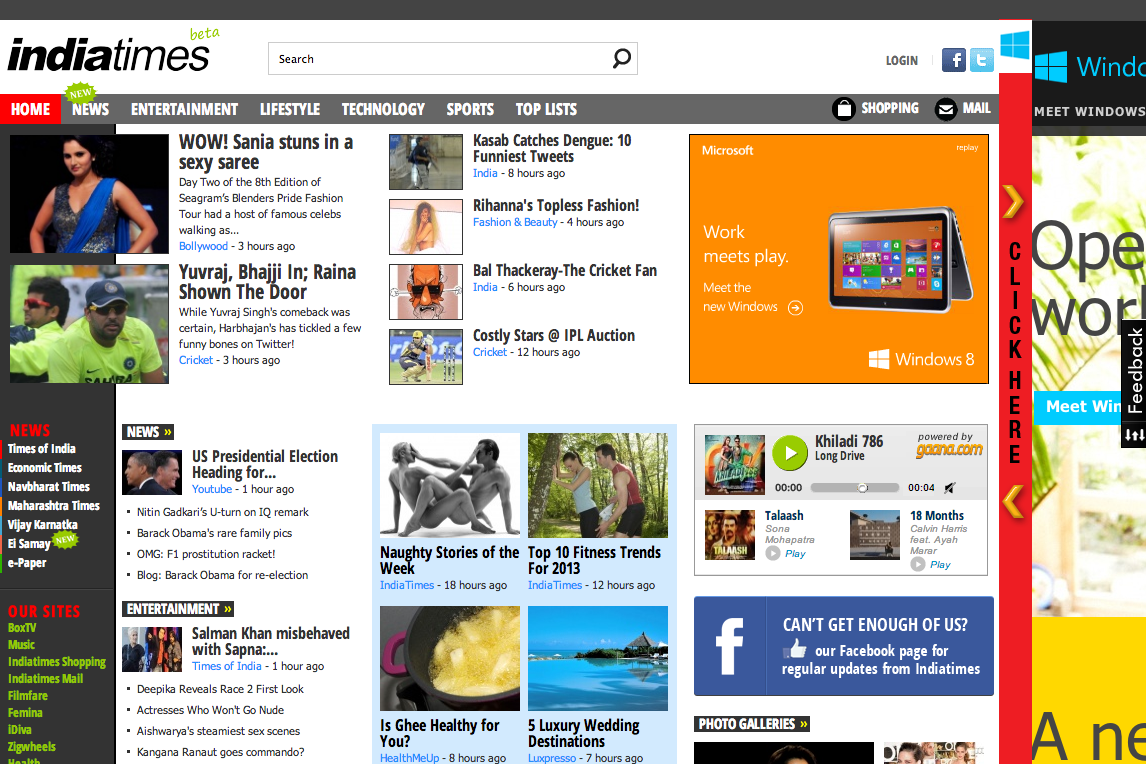Yesterday, advanced commenting system Disqus announced the release of the Version 3 of its product.
The biggest change is the separation of the Disqus system into Disqus Profiles and Disqus Comments. Disqus Profiles is intended for the people who comment on various sites using the Disqus system. Disqus Comments is intended for the publishers who install the system on their site/blog.
The new version introduces many changes to the cohttp://www.etiole.com/wp-admin/post.php?action=edit&post=1590mment system:
- A new theme (named ‘Narcissus’):
- Real time updating. This means that the page doesn’t have to be reloaded to show new comments. This is similar to JS-Kit Echo.
- Faster Social Media Reactions. Reactions from other services such as Twitter, FriendFeed and Digg also show up on the page itself.
- A new moderation panel which makes heavy use of AJAX and is simply awesome:

- New filters and tools which provide advanced control.
- A new settings panel:
However, what’s really new is the Disqus Profile:
- The profiles now have vanity URLs, i.e. public profiles can be accessed by going to disqus.com/’username’. For example mine is disqus.com/sjdvda.
- A new redesign like the rest of the service:

- The ability to import comments that were written when you were not logged into your Disqus account.
Bottom line: Disqus V3 features many changes, is more aesthetically pleasing and works better under the hood. I use it on my personal blog and I’m quite excited about it. I’m glad I switched from IntenseDebate some months ago. 🙂
You can read the official announcement on the Disqus blog.



You are really a geek!! great job!
I'm so love this blog, already bookmarked it! Thanks.
hi,
social networking is the futur of communication
Great job, thanks for sharing
thanks for posting
this is a great program, I'm now using my blog to could not be happier
DON'T USE DISQUS FOR YOUR WEBSITE! COPY OF COMPLAINT LODGED AGAINST DISQUIS!
My problem is that your stupid moderating system takes comments that are completely innocent and wont post it. You tell me what's wrong with the following comment: “My dad hit a child when he was a Detective and let me tell you, I'd never seen him cry until that night. He was a toughie. The child ran out in front of him without waiting for the crossing light. She was too small to see. Thank God she survived. My dad was a mess for a long time.” Now, what the heck is wrong with that. We know it's probably a randomly generated catch system because apparently you people are too lazy to put a live person to catch the flaws. People are leaving the Channle 2 site because of your screwed up moderating system! I lodged a complaint with Click2 Houston to let them know that we are unhappy and unsatisfied with your service. My next step is notifying the sponsors of each story. Get your crap together or lose participants! You suck! A lot of people are really pissed off at your service.
Incollege right now will read this latter
Have a nice day
kailis
______________________________________________
aion kinha | Cheap Aion kinah
I think a few pictures might help this blog
Thanks
smith
______________________________________________
Cheap Aion kinah | aion kinah
excellent post, thanks alot for the share!
excellent post, thanks alot for the share!
excellent post, thanks alot for the share!